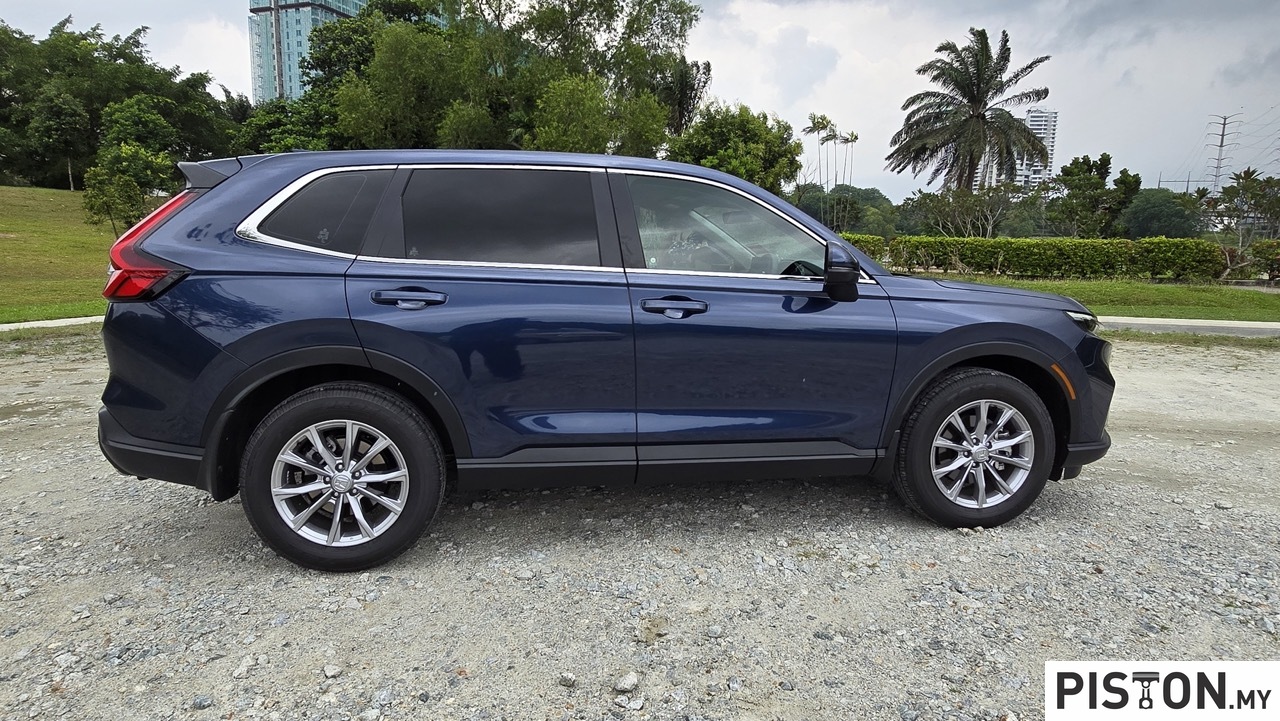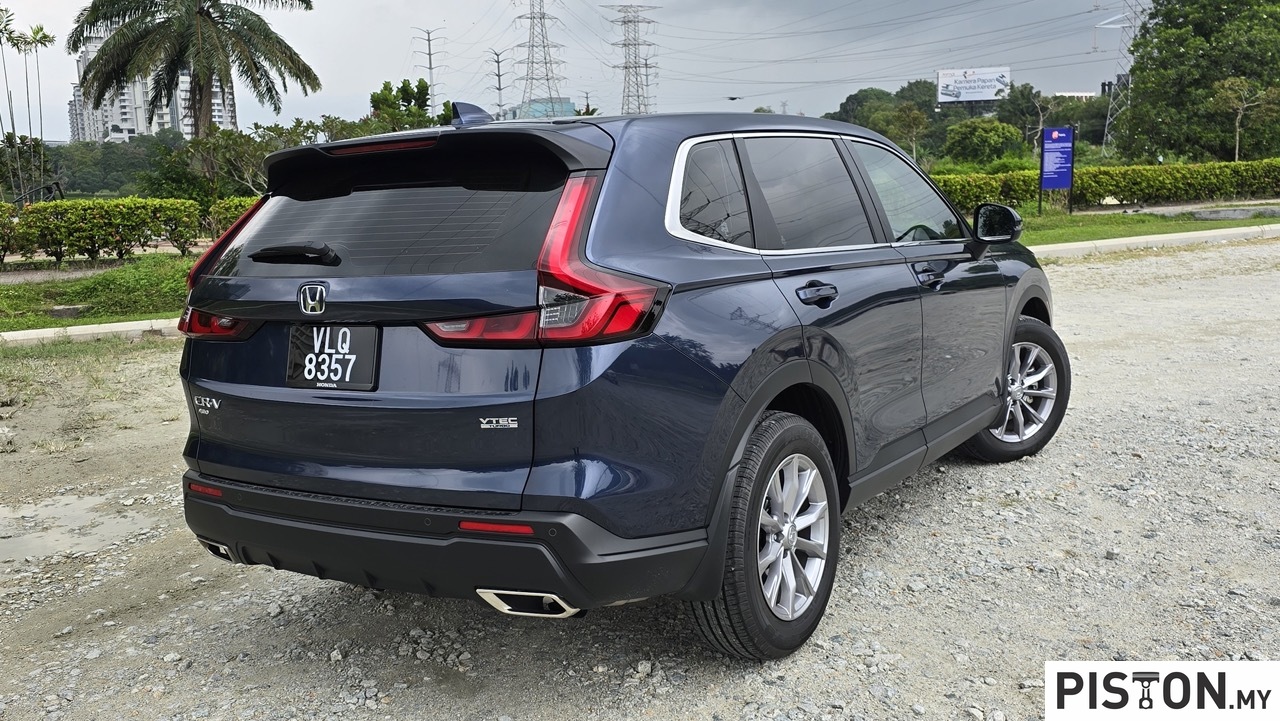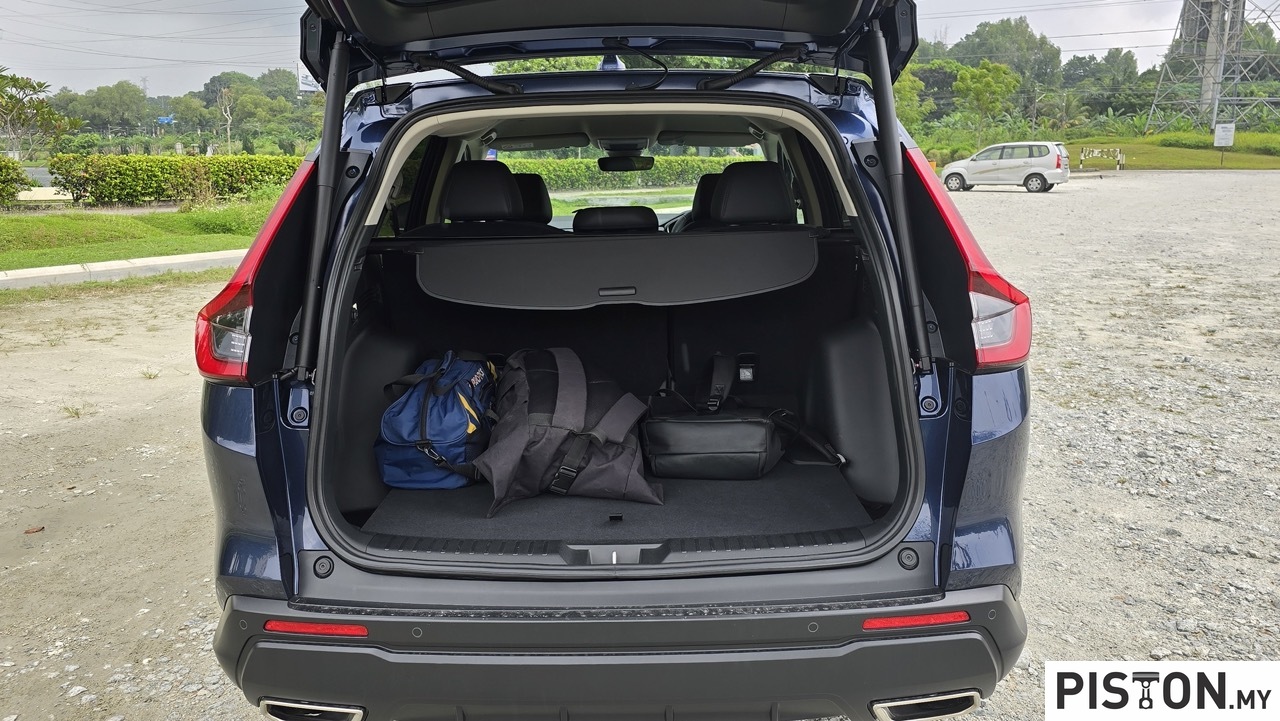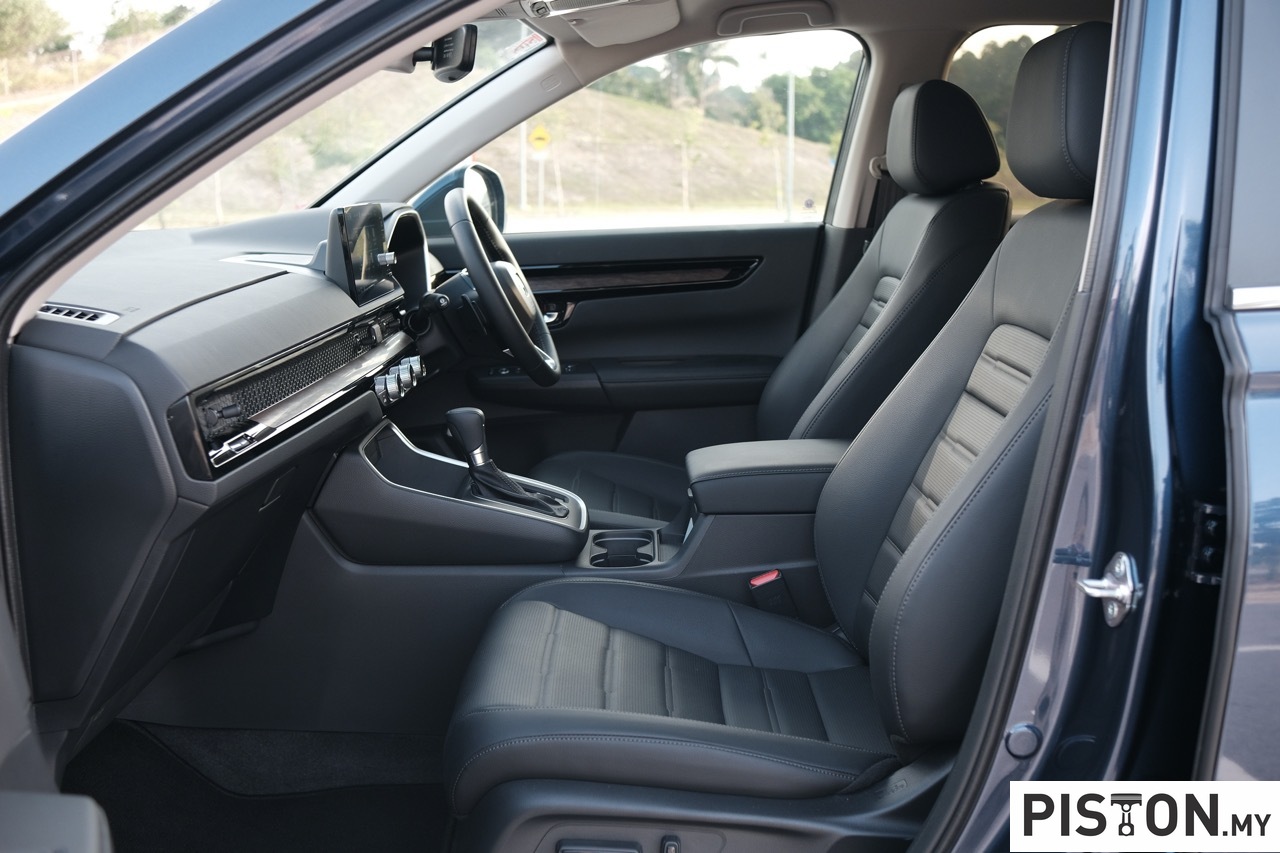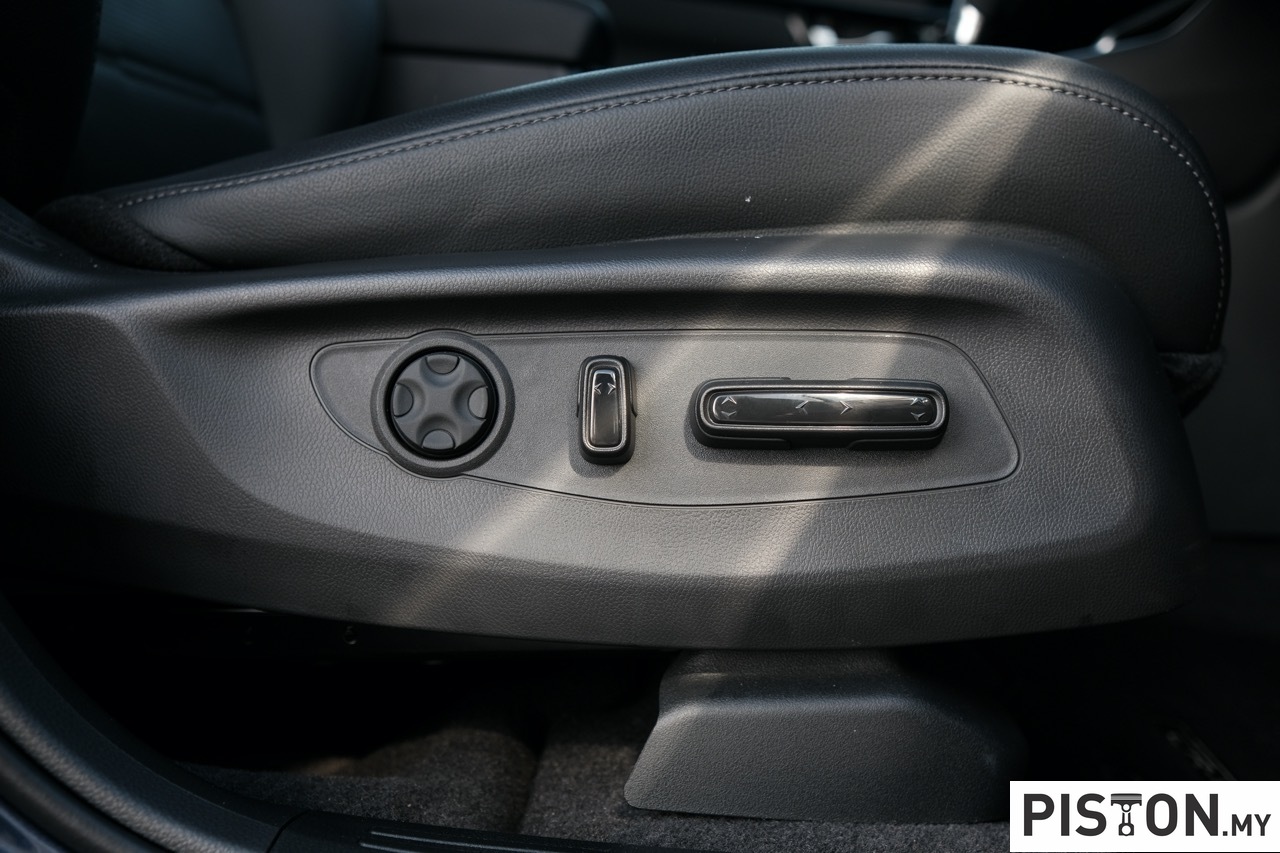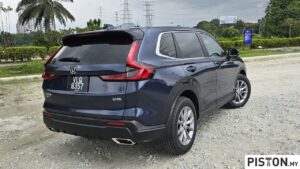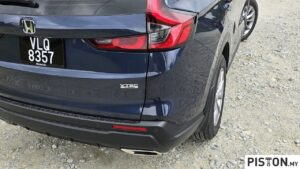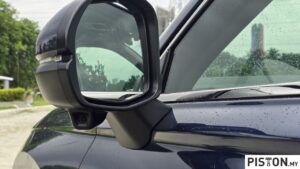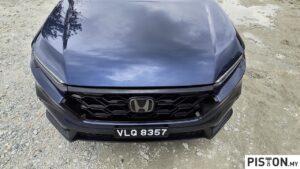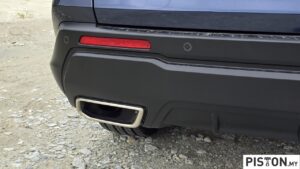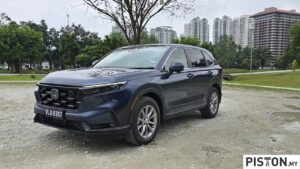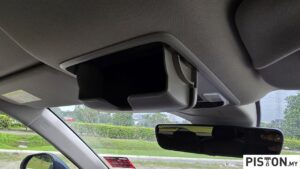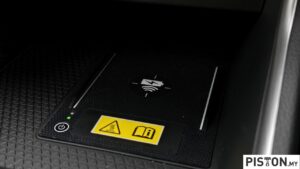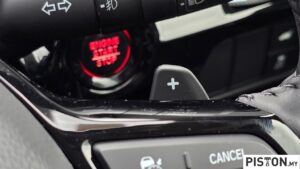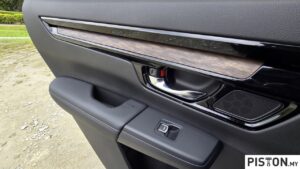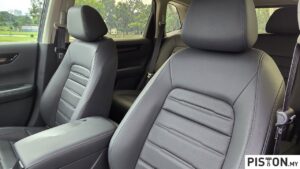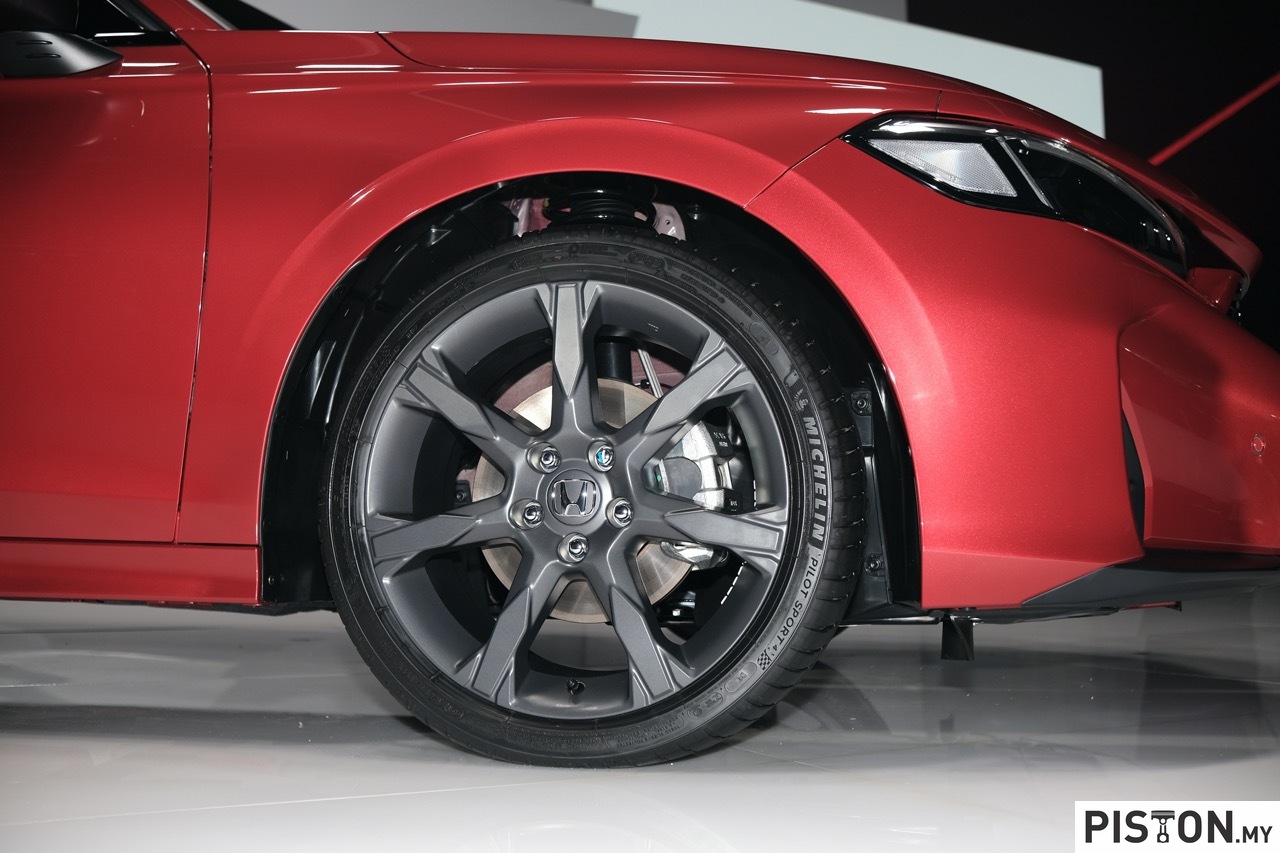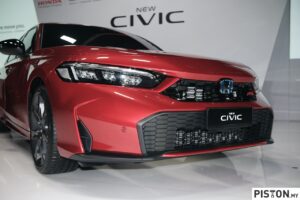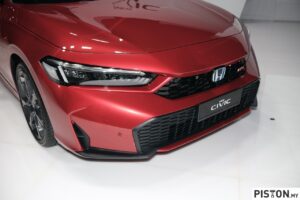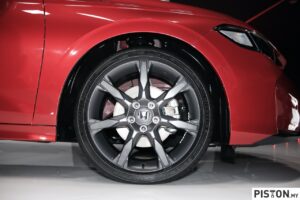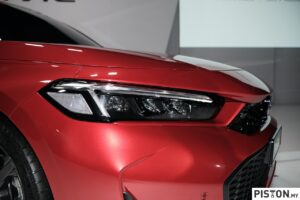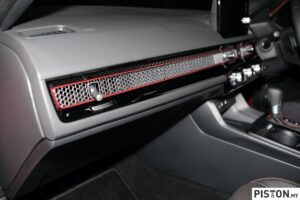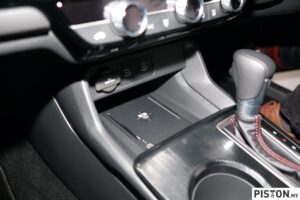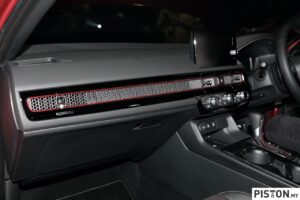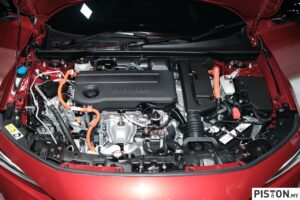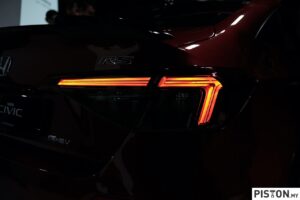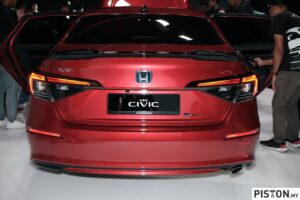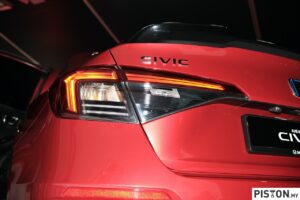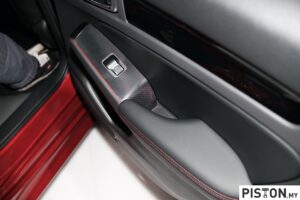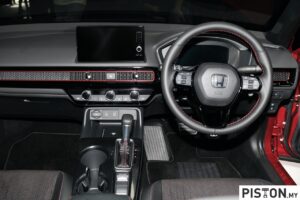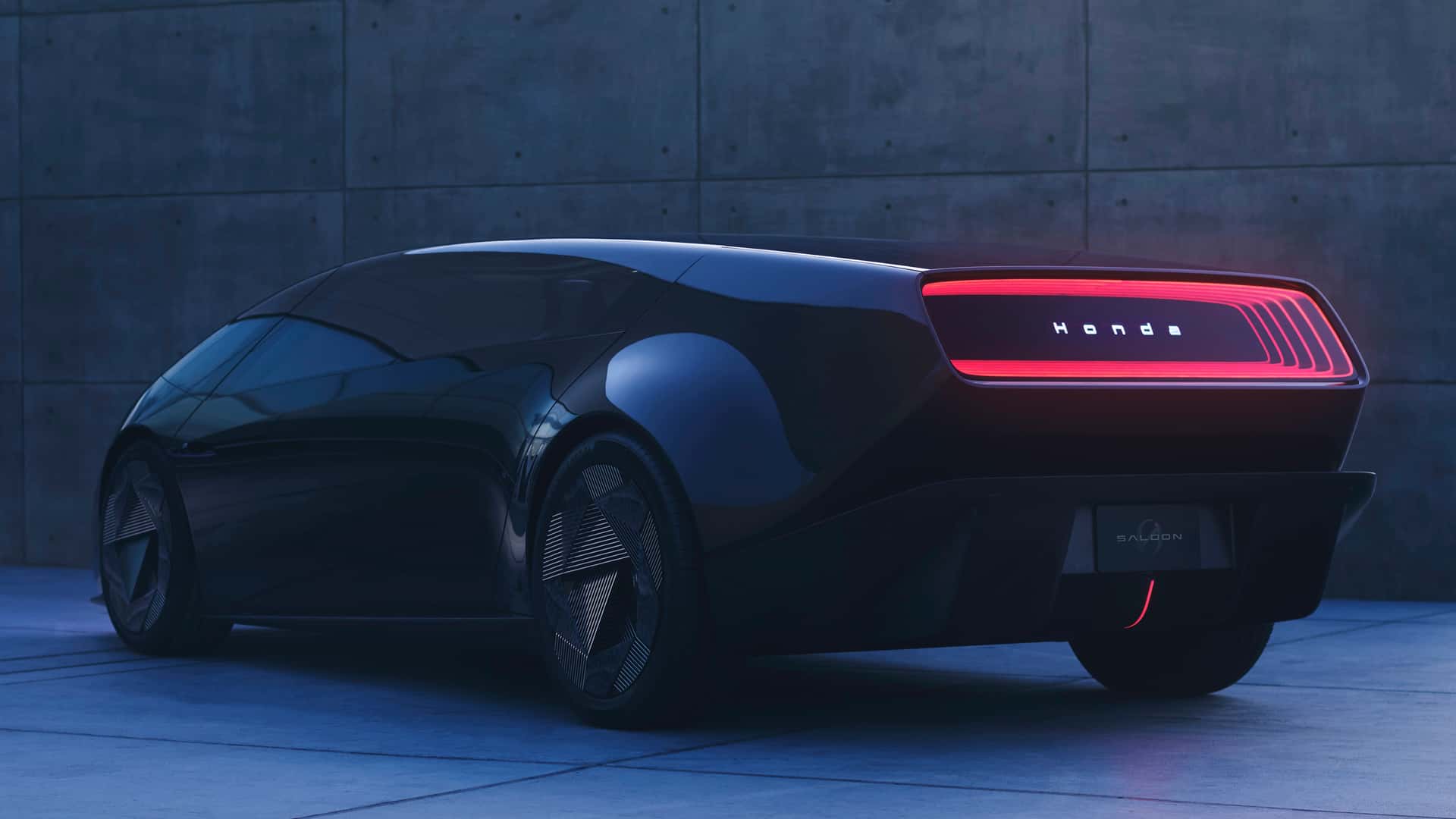The SUV market in Malaysia has grown immensely in recent months. The surge in popularity is unsurprising – SUVs offer a perfect balance of style, practicality, and functionality. However, with so many options flooding the market, standing out is no easy feat. Yet, the Honda CR-V continues to rise above the competition, cementing its position as one of the best family SUVs in Malaysia.
This sixth-generation Honda CR-V brings a refined design, advanced features, and the reliability Honda is renowned for. Plenty has been said about the CR-V already but we recently got a chance to get reacquainted with it, so let’s take look once again at why it continues to be a top contender for families.
Spaciousness and Practicality
One of the key selling points of the Honda CR-V is its spacious interior. Compared to the previous generation CR-V, this one is 10mm wider, 80mm longer and has a 40mm longer wheelbase – measuring 4,691mm in length, 1,866mm in width, and a wheelbase of 2,700mm – the CR-V offers an abundance of cabin space. This is particularly beneficial for Malaysian families who often take extended road trips or need room for larger families.
While the CR-V isn’t a seven-seater (not in Malaysia at least), its clever interior layout allows for comfortable seating for up to six passengers (including children), thanks to its wide rear bench. The rear ISOFIX anchors ensure easy and secure installation of child seats, catering to families with younger children.
The boot is another highlight, offering an impressive 589 litres of cargo space. Whether it’s luggage for a weekend getaway, a stroller, or even groceries for a week, the CR-V has you covered. The hands-free power tailgate with a walk-away close function adds a touch of convenience, making it effortless to load and unload cargo even when your hands are full.
Comfort for Long Drives
A family SUV must prioritise comfort, and the Honda CR-V excels in this area. Honda’s body-stabilising seats ensure excellent support, particularly during long journeys. The seats are well-cushioned and ergonomically designed to reduce fatigue for both the driver and passengers. Additionally, the driver’s seat position memory function allows multiple drivers to easily revert to their preferred settings.
Noise insulation is another area where the CR-V shines. While the e:HEV RS variant with wheel resonators offers superior NVH (noise, vibration, harshness) performance, the non-hybrid models still provide a quiet and serene cabin environment. This allows families to enjoy conversations or music without interruptions from external noise.
Family-Centric Technology
The CR-V’s infotainment system is designed with user-friendliness in mind. Its nine-inch advanced display audio touchscreen is compatible with Apple CarPlay and Android Auto, making it easy to connect smartphones for navigation, calls, or music streaming. The eight-speaker sound system delivers crisp audio quality, ensuring every road trip is accompanied by great entertainment.
For the driver, the seven-inch TFT instrument display provides essential information at a glance. It is customisable to show details like audio info, fuel range, or all-wheel-drive (AWD) power distribution. Even for those less tech-savvy, the system’s intuitive design makes it easy to navigate.
Safety First
Safety is a priority in the CR-V, with features like autonomous emergency braking, vehicle stability assist, and eight airbags covering the front, sides, side curtains, and knees.
Additionally, the Driver Attention Monitor alerts drivers when signs of fatigue are detected, promoting safer driving. Adaptive cruise control and low-speed follow functions further enhance convenience and reduce driver fatigue during extended journeys.
Another feature that I really like about the CR-V is the built-in tyre pressure monitoring system. The pressure was low when I collected the car and it kept informing me which I find is really good because I have seen cases of tyres bursting due to negligence of proper tyre care. All you have to do is pump air into the tyres and calibrate the system via the infotainment screen.
Performance That Delivers
The Honda CR-V’s 1.5-litre DOHC VTEC Turbo engine delivers 193PS and 243Nm of torque. Mated to a CVT gearbox, this setup offers smooth acceleration and reliable performance, whether on city roads or highways. With a 0-100km/h time of 10.4 seconds and a top speed of 200km/h, the CR-V balances power and efficiency effortlessly.
The all-wheel-drive (AWD) system enhances the SUV’s capability on various terrains, making it suitable for occasional off-road adventures. The inclusion of a multi-view 360-degree camera also makes navigating tight urban spaces a breeze.
Small Touches That Matter
Honda is known for its attention to detail, and the CR-V is no exception. Thoughtful features like the walk-away auto-lock, which secures the vehicle automatically as you leave, and the inclusion of multiple USB ports for charging devices, show Honda’s understanding of modern family needs.
The addition of a wireless charging pad is a welcome feature, though it could benefit from faster charging speeds. Families who prefer a clutter-free cabin may find the slower charging speeds slightly inconvenient, as relying on USB cables adds to cabin messiness.
Areas for Improvement
While the CR-V boasts numerous strengths, improvements could be made in some areas. For instance, the absence of a “teh-tarik” hook might inconvenience some users. The LaneWatch system, which activates when the left indicator is used, overrides the infotainment display, temporarily obscuring navigation information. This can be frustrating for drivers relying on GPS guidance but can be turned off, but then again, what is the point of LaneWatch if you are just going to turn it off? A Blind Spot Monitoring system would be a more effective and user-friendly solution.
Another area for improvement is the wireless charging pad, which is slow to charge devices. Although USB ports and a 12V outlet are available as alternatives, they may result in a cluttered cabin with tangled cables. Addressing these issues would further enhance the CR-V’s appeal and functionality.
Value for Money
Priced at RM181,900 for the 1.5 V AWD variant, the CR-V represents excellent value for its segment. Its comprehensive suite of features, spacious interior, and reliable performance make it a worthy investment for families seeking an all-rounder SUV. Compared to rivals, the CR-V’s blend of practicality, technology, and comfort offers a compelling package that’s hard to beat.
The Honda CR-V’s latest iteration builds on its legacy of being a reliable and versatile family SUV. With its spacious interior, advanced safety features, and thoughtful touches, it remains a top contender in the Malaysian market.
Though it has a few minor drawbacks, the CR-V’s strengths far outweigh them, making it an ideal choice for families looking for a dependable, feature-rich vehicle. Whether you’re navigating city streets or embarking on a road trip, the Honda CR-V promises a comfortable, safe, and enjoyable experience for everyone on board.
For families in Malaysia, the Honda CR-V is not just a car—it’s a trusted companion ready to meet the demands of modern life with style and grace.
Specifications:
1.5 V AWD:
Engine: 1.5 litre DOHC VTEC Turbo engine
Power: 193PS @ 6000rpm
Torque: 243Nm from 1,700 to 5,000rpm
Gearbox: CVT
0-100km/h: 10.4 seconds
Top speed: 200km/h
Price (as tested): RM181,900
We like: Comfort, space and practicality.
We don’t like: Slow wireless charging and no “teh-tarik” hook





